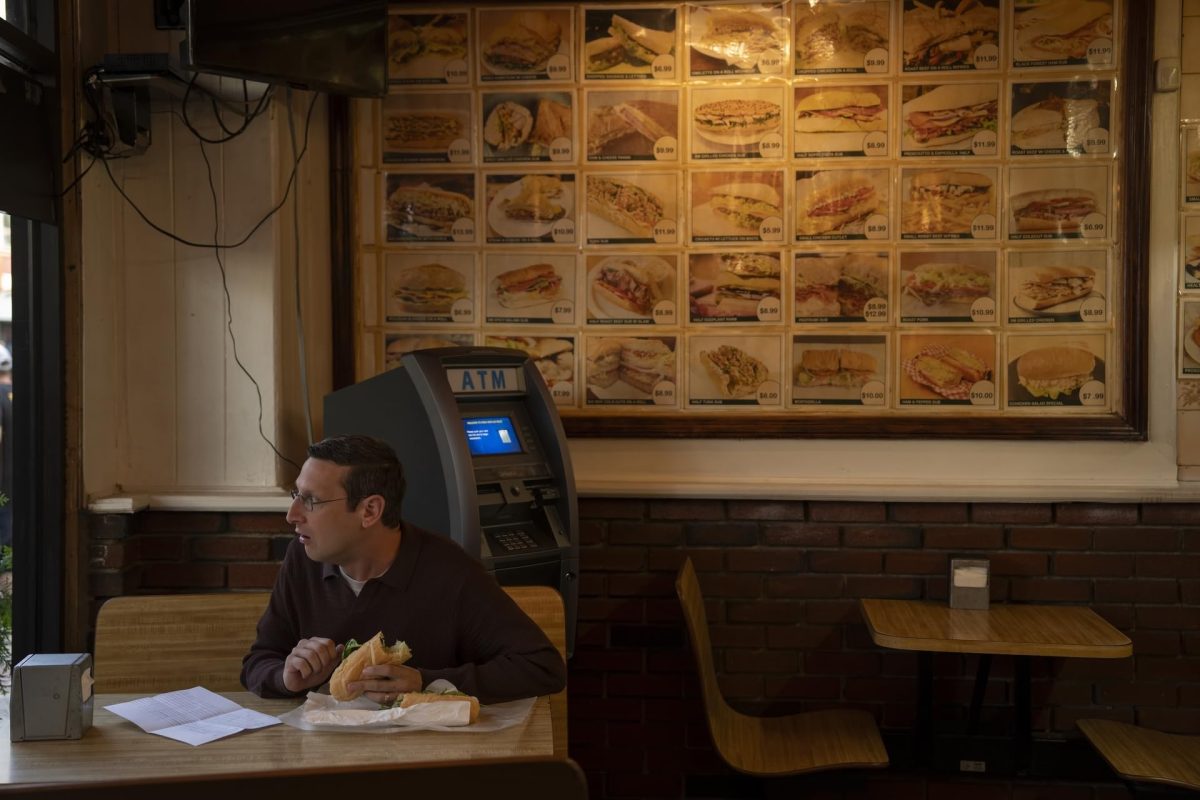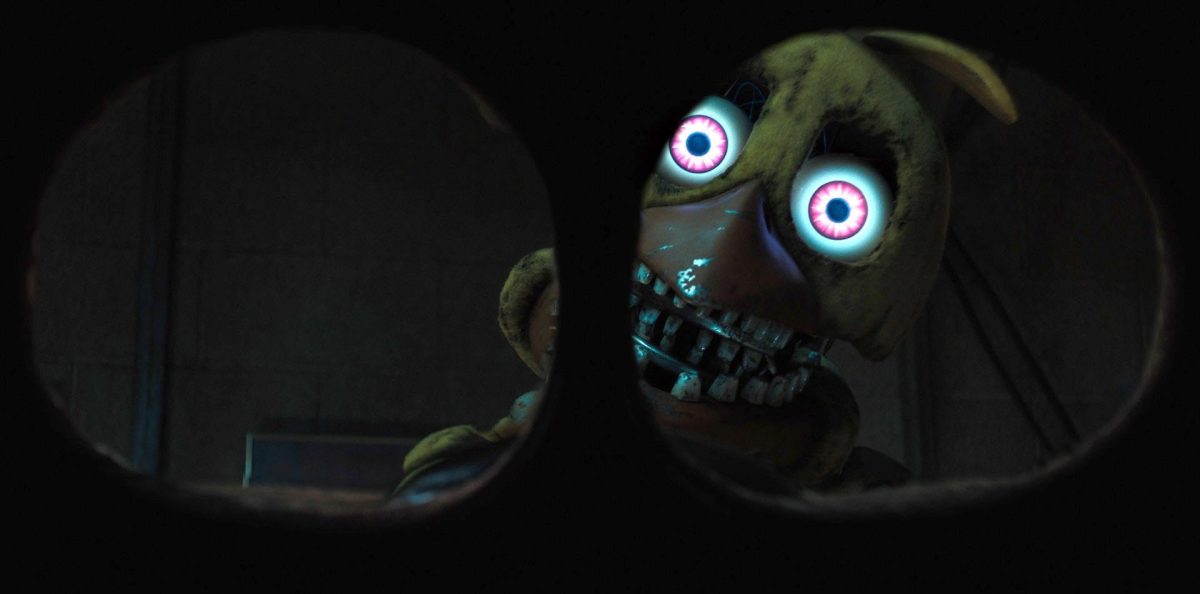Last updated on Feb. 11, 2024 at 02:17 p.m.
College housing is commonly portrayed in popular coming-of-age films and TV shows. However, these depictions are often wildly inaccurate. Despite some realistic elements, most films don’t seem to fully grasp the experience of living on a college campus.
The TV show “Gilmore Girls” follows Rory Gilmore and her mother Lorelai as Rory grows up.
In Season 4, Episode 2, titled “The Lorelais’ First Day at Yale,” Rory moves into her freshman residence hall at Yale University.
The most realistic part of the episode was Lorelai taking photos of every small event during move-in day. As the day is a large milestone for students and families, people often want to remember it through pictures.
Get The Daily Illini in your inbox!
However, that’s where the realism ends. The Gilmores’ chaotic move-in begins with them bringing their own mattress. Regulations for this depend on the school, but the University of Illinois does not allow students to bring their own mattresses.
Additionally, when Rory arrives in her residence hall, she has no idea what her suitemates’ names are. If getting a random roommate is terrifying, having no clue who you’re living with until move-in day is even worse.
Realistically, incoming students at the University are at least able to view their roommates’ names in the University Housing portal and even have the option to message their roommate through the website to coordinate furniture.
When it comes to the room itself, the suite has not one but two fireplaces — students at Illinois aren’t even allowed to have candles due to fire hazards and regulations.
The suite is quite large, fitted with an open common room that stems off into a bathroom and three bedrooms. This luxury of living space would be found more commonly in apartments as opposed to freshman residence halls.
“Pitch Perfect” also attempts to illustrate what campus living is like but comes up short.
Beca is a freshman at Barden University, and the movie opens on her move-in day.
At Barden, there is somehow an endless supply of university-employed movers, because every incoming student has their bags carried by an employee. An accurate representation of Illinois students lugging sled-like carts in and out of elevators at Ikenberry Commons is nowhere to be found.
One of the most iconic scenes from the movie is when Beca is singing in the communal showers and Chloe, the leader of an on-campus a capella group, pulls open the curtain dividing the two showers and makes Beca sing for her.
For starters, most showers at the University have more than just a curtain dividing them from other showers. Nugent, Wassaja, Wardall and Townsend hall’s bathrooms are for individual use, and most halls with communal showers have walls separating them.
Secondly, even with only curtains dividing showers, it’s safe to say that most college students would not open the curtain to force another student to sing to them.
A realistic aspect of “Pitch Perfect” is Beca’s relationship with her roommate, Kimmy Jin. Movies often show roommates as becoming best friends, but as anyone who has experienced college knows, this is not always the case.
Beca and Kimmy have a somewhat strained relationship and are rarely seen communicating with each other. Many college students can relate to this, since living in tight quarters with someone you might not have much in common with is not always beneficial to the relationship.
“Accepted” is a movie that follows Bartleby Gaines, who creates a fake college after being rejected from the other schools he applied to.
Naturally, the movie isn’t the most realistic depiction of college life. However, despite the college being transformed from a psychiatric hospital into a college by a handful of 18-year-olds, the school is meant to look like a traditional building for college students as portrayed by movies.
With this in mind, the rooms are much larger than your typical college residence hall. Bartleby’s room comfortably fits his bed, a table with three chairs and a desk.
Most University residence halls can barely accommodate a bed and a desk, let alone reasonable living space for two or more people.
One of the scenes in the movie shows two “students” breaking through a wall with a sledgehammer to increase the size of their room. Despite students’ frustrations with small living spaces, most don’t take to the sledgehammer to solve the problem.
If students lived in residence halls according to popular culture expectations, they would be enjoying large rooms complete with fireplaces and plentiful furniture — and living in fear of being forced to sing in the communal showers.









